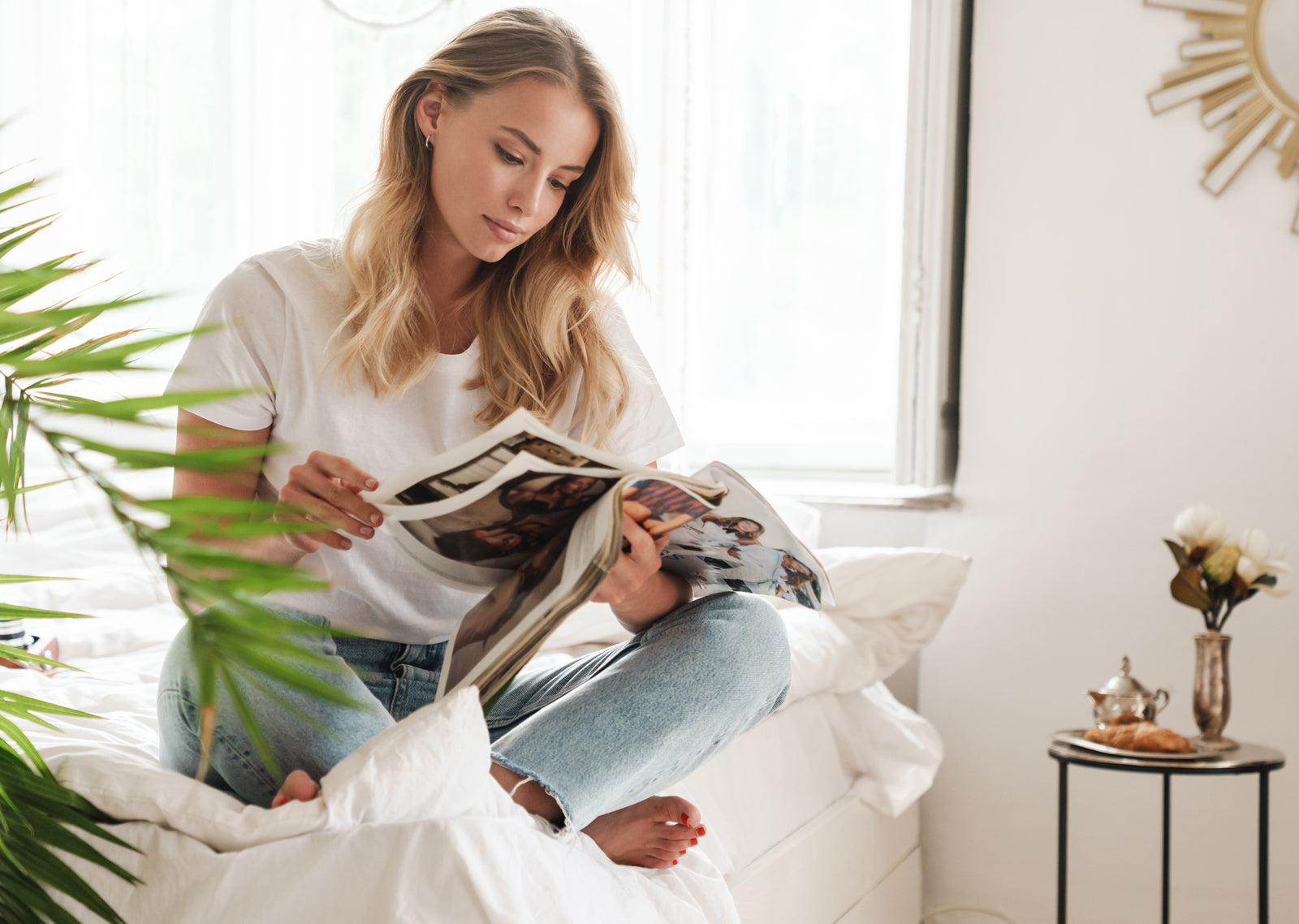Creating the Perfect Moodboard: A Step-by-Step Guide to Designing Your Dream Space

Decorating a room is exciting, but it can also feel a bit overwhelming. With so many colours, textures, and styles to choose from, where do you even start? That’s where a moodboard comes in. Think of it as your creative compass—a visual tool that helps bring your ideas together and guides you toward a cohesive and beautiful design. Here’s how to create a moodboard and why it’s a game-changer for choosing the right paint colour for your space.
Step 1: Start with Inspiration
Before you dive into making your moodboard, gather inspiration. Flick through interior design magazines, scroll through Pinterest, or save images from Instagram that spark joy. Look for photos of rooms, colour palettes, fabrics, or patterns that resonate with your style. Don’t overthink it—this is about collecting ideas, not creating the final vision just yet.
Step 2: Choose Your Base Elements
A moodboard should represent the main features of your space. Start by focusing on the elements you already have or know you want in the room, like flooring, furniture, or a statement piece (think a patterned rug or a vintage armchair). If you’re starting from scratch, this is your chance to define your vision.
Select fabric swatches, photos of furniture, or even small pieces of material like wood or tiles that will be part of the room. These elements will help set the tone and style of your design.
Step 3: Add Paint Samples
Here’s where the magic begins! Adding your paint samples to your board will truly bring your vision to life. For an accurate representation of the colours you’re considering, we recommend using samples painted with real paint (just like ours!) so you can see how they work alongside your other elements. Experiment with different combinations to find the perfect match, and be sure to consider both your walls and trim. Do the tones complement each other? Do they set the mood you’re aiming for? A paint sample can appear quite different next to a warm-toned fabric compared to a cooler tile, so this step is essential.
Step 4: Layer and Arrange
Once you’ve gathered your materials, start arranging them on your board. This can be a physical board using foam core or cardboard, or a digital version with tools like Canva or PowerPoint. Experiment with how different elements work together. Move things around, test combinations, and see how your paint choices look next to your key pieces.
Remember, a moodboard isn’t just about colours—it’s about textures and finishes, too. Pairing a matte wall colour with glossy metallic accents or soft fabrics can elevate your design.
Step 5: Refine Your Palette
As you build your moodboard, you’ll start to see a cohesive theme emerge. Use this as your guide to refine your paint colour choices. Maybe you’ll realise that the rich green you loved is too bold when paired with your furniture, or that a muted neutral creates the calm and inviting atmosphere you’re aiming for. Moodboards make these decisions easier because you can see how everything works together before committing.
Step 6: Bring Your Vision to Life
Once you’ve finalised your moodboard, it’s time to bring your ideas to life. Use it as your roadmap as you shop for decor, choose furnishings, and, of course, paint your walls.
Creating a moodboard isn’t just a fun creative exercise—it’s a practical tool that helps you visualise and refine your space before you start decorating. By taking the time to experiment with colours, textures, and materials, you’ll feel confident in your choices and create a room that truly reflects your style.





